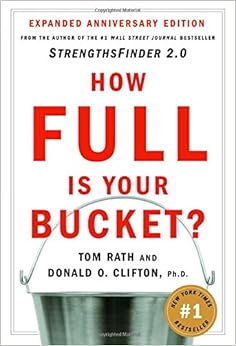What are some signs of an articulation disorder?
An articulation disorder involves problems making sounds. Sounds can be substituted, left off, added or changed. These errors may make it hard for people to understand you.
Young children often make speech errors. For instance, many young children sound like they are making a “w” sound for an “r” sound (e.g., “wabbit” for “rabbit”) or may leave sounds out of words, such as “nana” for “banana.” The child may have an articulation disorder if these errors continue past the expected age.
Not all sound substitutions and omissions are speech errors. Instead, they may be related to a feature of a dialect or accent. For example, speakers of African American Vernacular English (AAVE) may use a “d” sound for a “th” sound (e.g., “dis” for “this”). This is not a speech sound disorder, but rather one of the phonological features of AAVE.
Source: ASHA
All kids come to speaking differently and at their own speed. Here is a chart to show to figure out ages that children should acquire sounds by:


Another articulation chart
This is the most basic approach to fixing speech sounds and works for many children. You will stay on each step until the child can do it with 80-90% accuracy. That may take several weeks per step so have patience!
Step One: Sound in Isolation
The first step to teaching the child a new sound is helping her say the sound all by itself. We call this “saying the sound in isolation” and it means just the sound, not a word or syllable that contains the sound, but just the sound.
For example, if you want to teach the child to say “sock”, “sun”, and “soup”, you should work on the “sssss” sound.
That link will also give you ideas on how to help the child make each particular sound.
Step Two: Sound in Syllables
For this step, you will have the child pair the sound with various vowels to make nonsense syllables. For example, if the sound was /b/, you would have the child say “buh”, “boh”, “bah”, “bee”, etc.
Step Three: Sound in Single Words
Now it’s time to have the child say the sound in single words like bear, ball, book, rub, elbow.
Step Four: Sound in Sentences
Once the child can say the sound in single words, you’ll want to have the child make up a sentence with that word.
Step Five: Sound in Structured Conversation
Now you’ll want to have the child answer open-ended questions, like “how was your last birthday party?” while remembering to use the sound correctly. You want your child to be speaking answers that consist of a couple sentences together.
Step Six: Conversational Speech
The final step is to help the child remember to say the sound correctly in conversational speech.
Source: Carrie Clark, CCC-SLP
Speech and Language Kids
www.SpeechAndLanguageKids.com
Resources:
Types of Articulation Errors – A Simple Guide
Articulation Screener here is the article that goes with the screener. Plus the App for IPad: Here it allows for only one free screener. Each additional screener cost .99 cents.
Articulation Therapy Process












